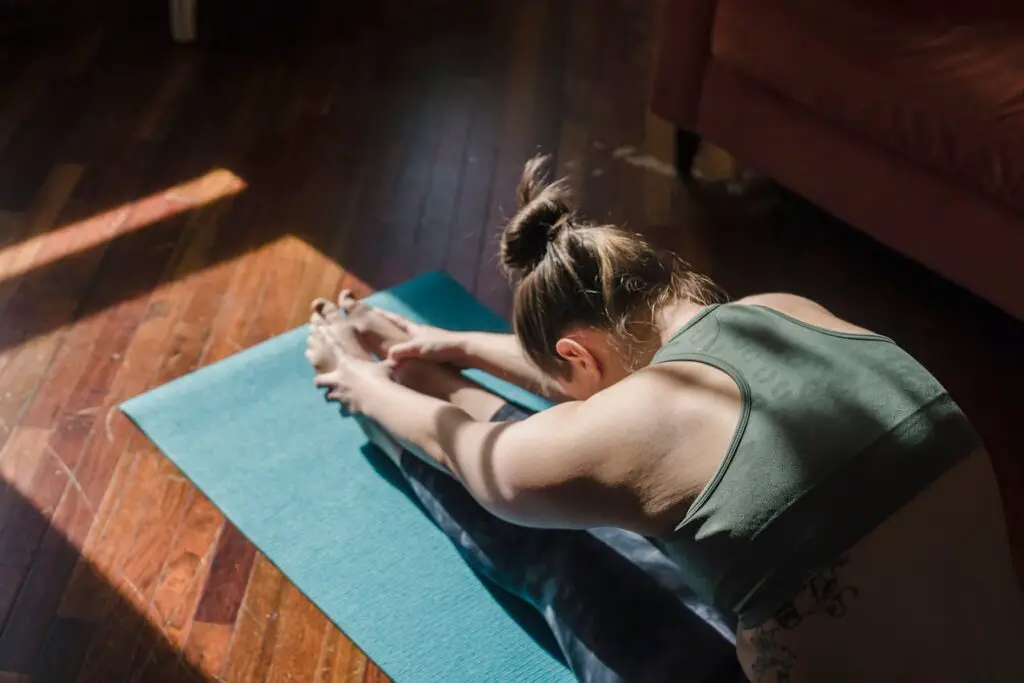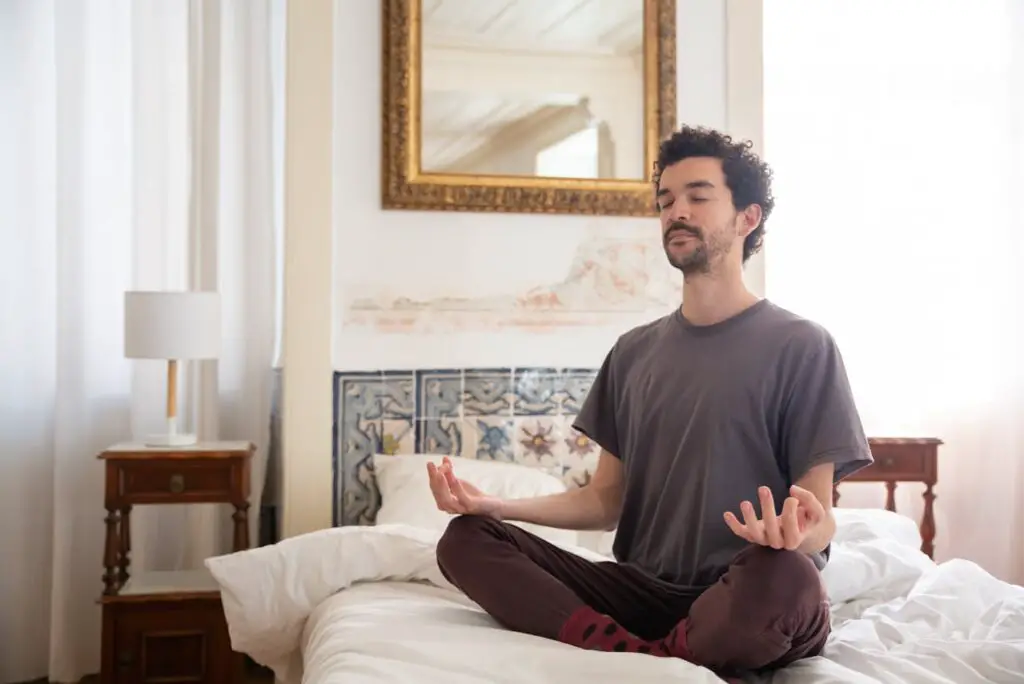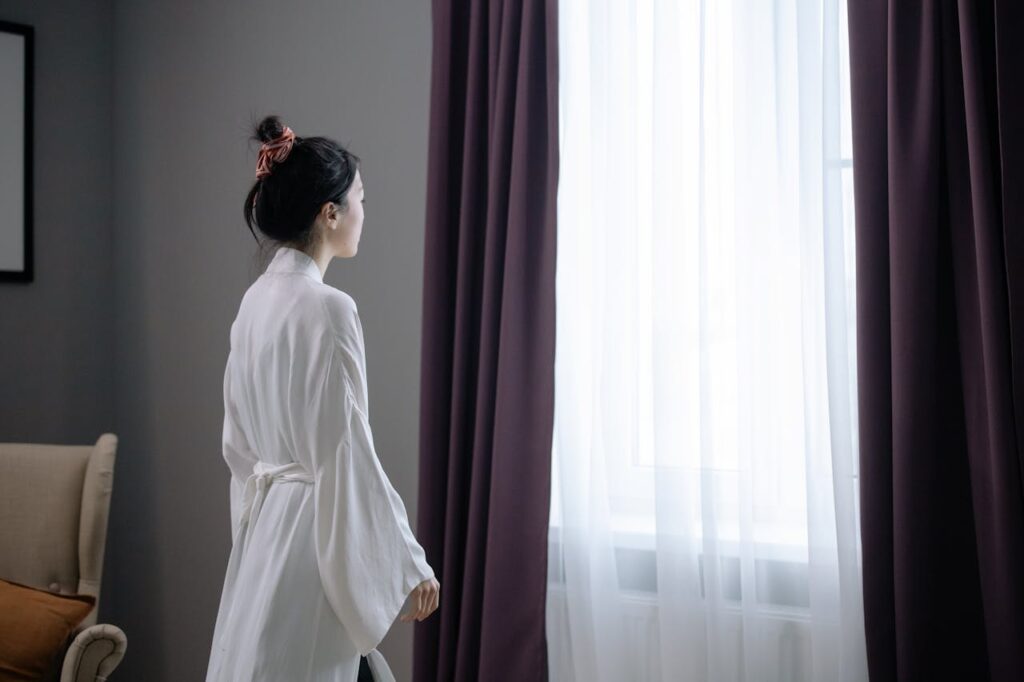9 Healthy Daily Rituals That Take Less Than 10 Minutes—Simple Habits Baby Boomers Can Start Today

As we get older, staying healthy doesn’t have to mean overhauling your entire routine or spending hours at the gym. In fact, small, intentional changes can lead to big results—especially when they’re easy to stick with. That’s where daily rituals come in. These quick, under-10-minute habits can boost your energy, support your well-being, and help you feel your best well into your 50s, 60s, and beyond.
Whether you’re retired, semi-retired, or still working full-time, you’ll find that these small acts can make a noticeable difference. You don’t need fancy equipment or a complicated schedule—just a few minutes and a little consistency. Best of all, these rituals are rooted in real-life usefulness and are easy to integrate into your existing routine.
Here are 9 healthy daily rituals that take less than 10 minutes, designed especially for baby boomers who want to stay active, sharp, and happy without overcomplicating life.
1. Start Your Day with a Full Glass of Water

Before the coffee, reach for water.
After seven or eight hours of sleep, your body wakes up in a dehydrated state. Drinking a full glass of water first thing in the morning helps rehydrate you, jumpstart your metabolism, and flush out toxins that have built up overnight. It’s a simple action that helps everything from your digestion to your skin. Some people like to add a squeeze of lemon for an extra vitamin C boost and digestive support. Keep a glass by your bed or in the kitchen so it’s the first thing you reach for before your coffee or breakfast. It’s a refreshing way to signal the start of a healthy day.
2. Do a 5-Minute Stretch Before Breakfast

Ease your body into motion.
Our bodies aren’t meant to go from zero to sixty first thing in the morning—especially as we age. A few minutes of stretching before breakfast can gently wake up your muscles, loosen stiff joints, and improve flexibility. Simple movements like shoulder rolls, side bends, and reaching for your toes can do wonders for circulation and mobility. You don’t have to be a yoga expert to benefit—just focus on breathing deeply and moving slowly. A consistent morning stretch can help reduce the risk of falls, improve posture, and relieve minor aches that creep in overnight.
3. Practice Gratitude With a Quick Morning Journal

Train your brain to focus on the good.
A gratitude journal takes just a few minutes and sets a positive tone for your entire day. Jotting down three things you’re thankful for—big or small—can improve your outlook, reduce anxiety, and support emotional well-being. Maybe you’re grateful for a sunny day, a good night’s sleep, or that first sip of morning coffee. There’s no wrong way to do it. Studies have shown that older adults who regularly practice gratitude report higher life satisfaction and even improved physical health. Keep a small notebook by your bed or your favorite chair and make it a quick morning ritual.
4. Take a Brisk 10-Minute Walk (Even Indoors!)

Move your body without needing a gym.
Walking remains one of the simplest and most effective forms of exercise, especially for older adults. Just 10 minutes of brisk walking can improve your cardiovascular health, strengthen your legs, boost your mood, and sharpen your focus. Whether it’s a stroll around the block, a few laps through your hallway, or a walk up and down the stairs, consistent daily movement adds up. If you can walk after meals, even better—it helps regulate blood sugar and digestion. Not to mention, walking clears your head and gives you a chance to unplug for a moment.
5. Breathe Deeply—On Purpose

Calm your nerves in just a few breaths.
Intentional breathing might sound too simple to be effective, but it’s one of the best tools for reducing stress and improving clarity. Deep breathing can lower your blood pressure, slow your heart rate, and help regulate anxiety. Try the 4-4-6 method: inhale through your nose for four seconds, hold for four, and exhale slowly through your mouth for six seconds. Do this for 2–3 minutes whenever you need to center yourself—whether it’s first thing in the morning or before bed. It’s like pressing a reset button for your nervous system.
6. Stand Up and Move Every Hour

Break up long sitting spells with short bursts of movement.
Too much sitting isn’t great for your health—especially as you age. Whether you’re watching TV, reading, or working on a computer, aim to stand up and move around for at least one to two minutes every hour. Set a timer or use a smartwatch as a reminder. Walk to the kitchen, stretch your legs, or do a few knee lifts at your chair. These tiny movements improve circulation, reduce stiffness, and help protect against blood clots and other sedentary-related health issues. Over the course of the day, these short breaks really add up.
7. Eat One Colorful Fruit or Veggie with Each Meal

Nourish your body one plate at a time.
As metabolism slows and nutrient needs shift with age, getting enough vitamins and antioxidants becomes even more essential. An easy way to upgrade your meals is by including at least one colorful fruit or vegetable with each meal. Blueberries with oatmeal, spinach in your scrambled eggs, sliced tomatoes on your sandwich, or a side of steamed broccoli at dinner—it all counts. Bright, colorful produce is full of fiber, anti-inflammatory compounds, and disease-fighting nutrients that support immune health, digestion, and even memory. It’s one of the easiest (and tastiest) ways to invest in your well-being.
8. Take 5 Minutes to Tidy Up One Area

Declutter your space and your mind.
A clean, organized space does more than just look nice—it can lower stress, improve focus, and even enhance safety by reducing tripping hazards. The good news? You don’t need to deep-clean your whole house every day. Just spend five minutes tidying up a small area—your nightstand, kitchen counter, or the stack of mail by the door. It’s a manageable task that creates instant visual improvement and a sense of accomplishment. Plus, keeping up with little things daily makes bigger cleaning jobs much easier down the line.
9. Wind Down With a Nighttime Ritual

Better sleep starts with a peaceful routine.
Many baby boomers report trouble falling or staying asleep, but a relaxing bedtime ritual can help prepare your body and mind for quality rest. Take 5–10 minutes to slow down in a consistent way each evening—dim the lights, read a few pages of a book, stretch gently, or sip some non-caffeinated tea. Avoid screens, especially phones and tablets, as the blue light can interfere with melatonin production. Even a few mindful minutes of unwinding each night helps cue your brain that it’s time for sleep, improving both how fast you fall asleep and how well you stay asleep.
Final Thoughts

You don’t need to flip your life upside down to feel better. These nine healthy daily rituals, each taking less than 10 minutes, are realistic, sustainable, and designed with your lifestyle in mind. They’re small steps, but with consistency, they lead to big benefits—physically, mentally, and emotionally.
The beauty of these rituals is that you can start with just one or two. Add more over time or mix and match based on what works best for your day. Whether it’s hydrating first thing in the morning, taking a moment to breathe, or winding down before bed, these little habits support your well-being in ways you’ll notice—and appreciate.
Leave a Reply